This week’s “Around the Commercial Drone Industry” news round-up looks at drone-related security measures for this year’s Super Bowl, Chick-fil-A’s use of drones to improve operations, and a project using drones to “haze” wolf populations
NOLA: A No-Drone Zone for Super Bowl LIX
NewsNation details of the intense security precautions that were instituted for this past Sunday’s Super Bowl in New Orleans, including restrictions on drone flights. The report states that drones were "prohibited above downtown New Orleans and around the Superdome in the days leading up to the game," and the FAA imposed flight restrictions "up to 18,000 feet.” These restrictions were part of an intense effort to keep New Orleans residents and visitors safe following the early January terror attack in the city. Heightened precautions were also in place because President Trump attended the game.
Chick-fil-A Turns to UAVs
Fast-foot leader Chick-fil-A is looking into uncrewed technology to streamline its ordering and delivery operations. According to Franchise Wire, a Chick-fil-A franchise in Illinois is using video captured by drones, along with security camera footage, to determine if the restaurant can handle exceptionally busy times and address service delays. The article reports that “aerial views plus footage from kitchens and service windows” helps Chick-fil-A staff better analyze information and make necessary changes.
Hazing Wolves with Drones
A few weeks back, our round-up highlighted efforts to use drones to keep people safe from bears. This week, we present a similar effort involving wolves and threats to livestock. The Wildlife Society reports that wildlife managers in southeastern Oregon are deploying uncrewed systems to “haze” wolves the pose a threat cattle. Leaders from the US Animal and Plant Health Inspection Service’s Wildlife Services National Wildlife Research Center recently published findings from their 2022 pilot project in which drone pilots and ground crews looked for rogue wolves “or cattle behaving skittishly.” In these cases, the report says, “the pilot would fly the drone over to investigate. If wolves were present, the pilot would immediately start hazing the wolves away from the cattle.” As a result, “the rate of cattle predation dropped from nearly one every two nights to only two cattle in the 85-day period when they tested these drones.”


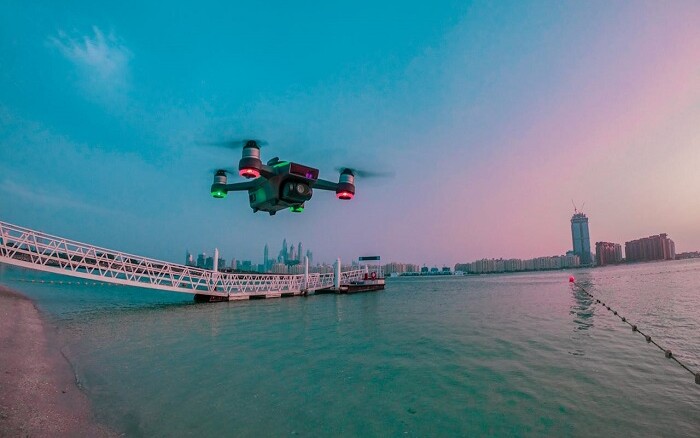


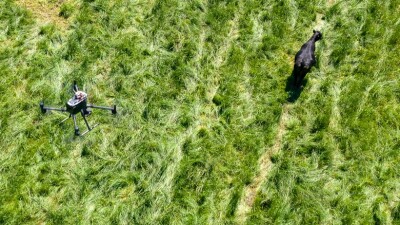
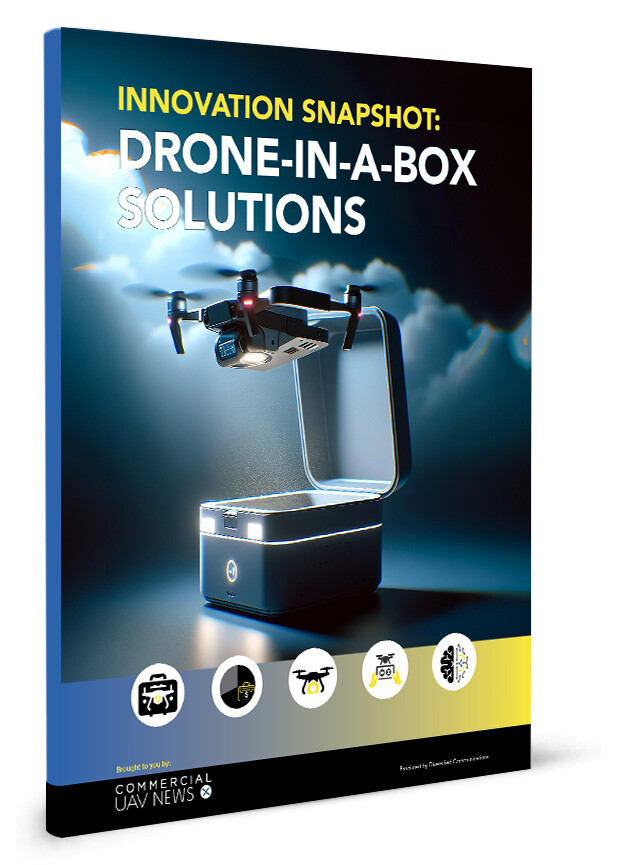

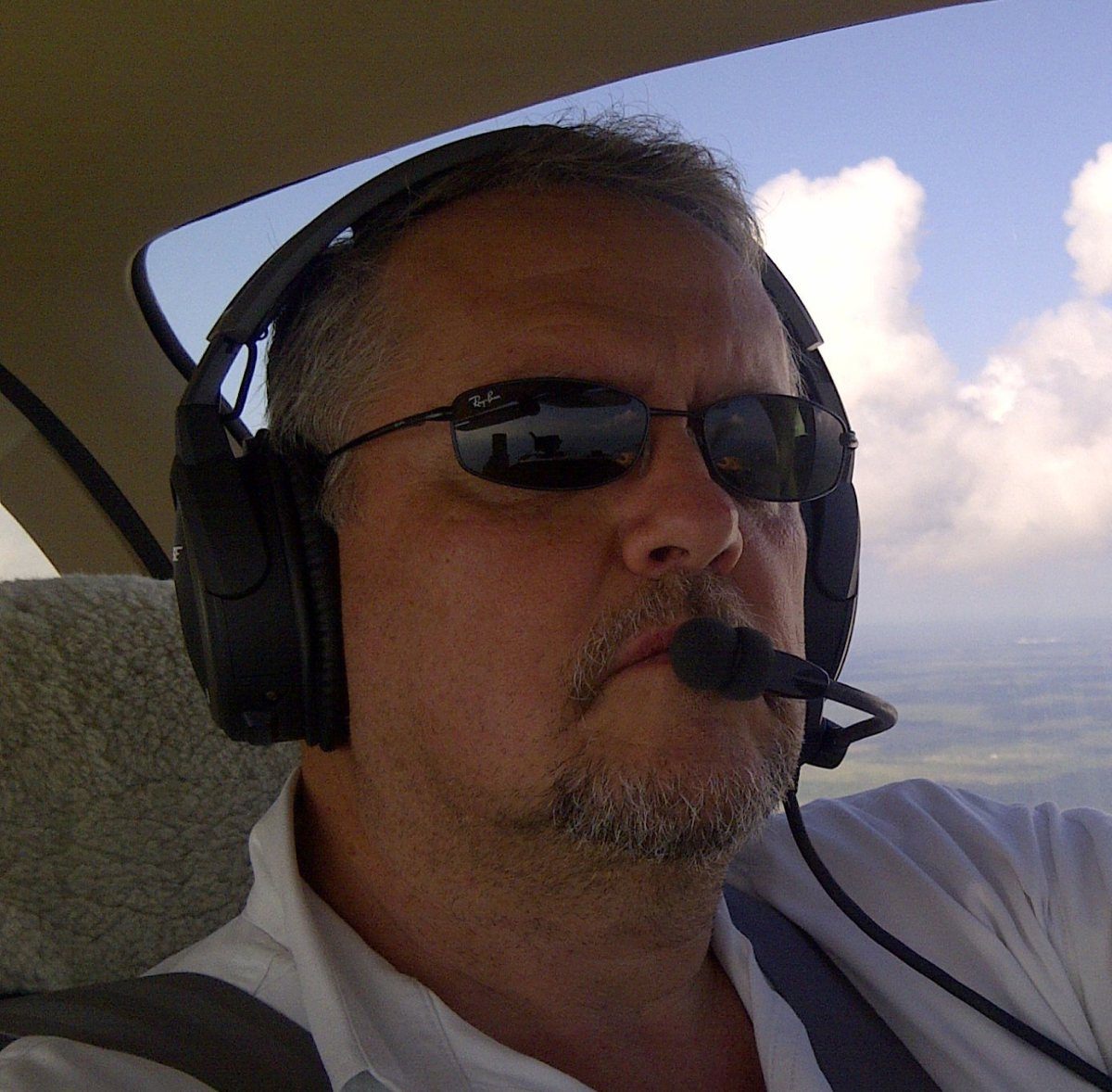



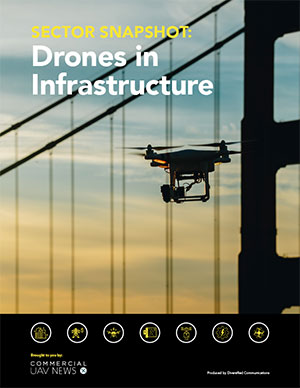
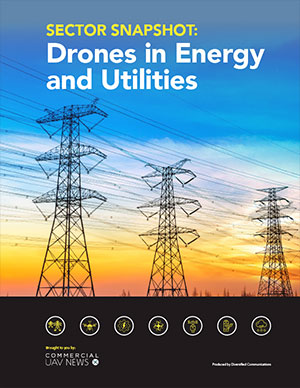
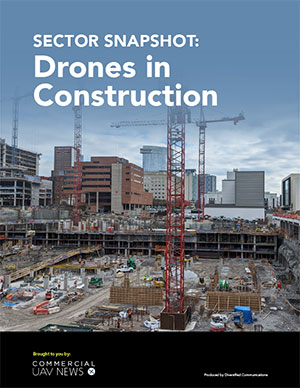
Comments